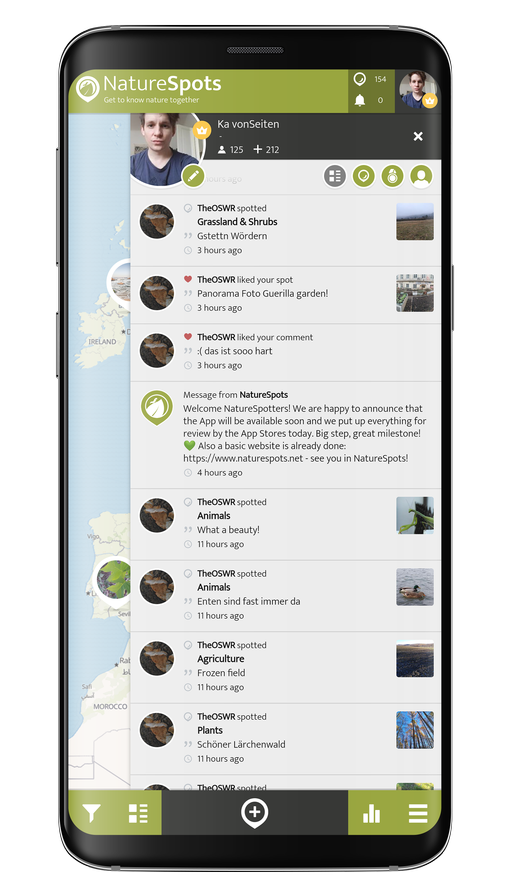
Hey, do you love Nature?
Observing and learning about nature is fun and can help to protect our environment. In the NatureSpots App, you can put up all kinds of nature sightings - from species to habitats. Join up and help to build a biodiversity data set and share your photos!
Create your account or download the NatureSpots App for your Smartphone now to join the community!

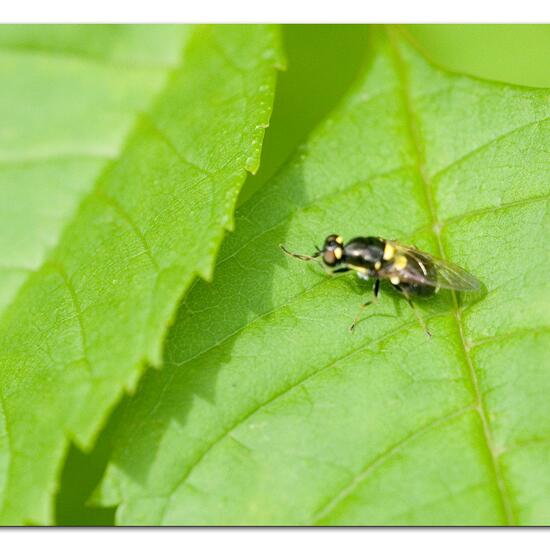 A discovery by Danny VG in habitat Semi-natural grassland on 05.08.2021. Oxycera leonina (Oxycera leonina) is a species of insect.
A discovery by Danny VG in habitat Semi-natural grassland on 05.08.2021. Oxycera leonina (Oxycera leonina) is a species of insect. 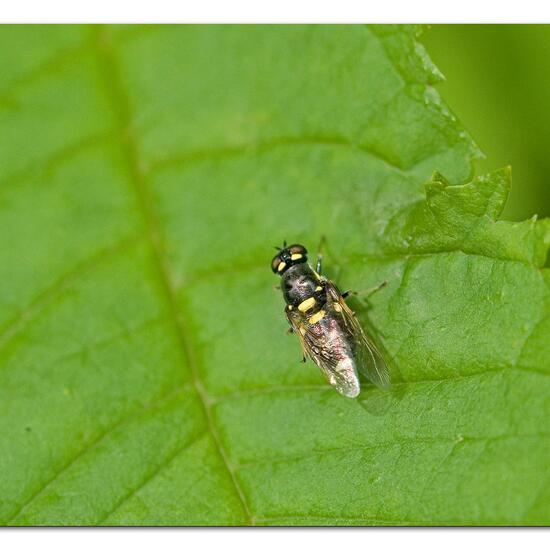 A discovery by Danny VG in habitat Semi-natural grassland on 06.08.2021. Oxycera leonina (Oxycera leonina) is a species of insect.
A discovery by Danny VG in habitat Semi-natural grassland on 06.08.2021. Oxycera leonina (Oxycera leonina) is a species of insect. 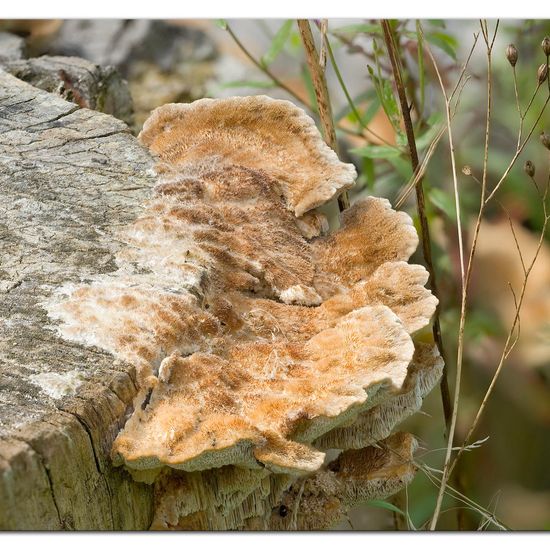 "Coriolopsis trogii" says Danny VG in nature on 05.08.2021. Unknown species.
"Coriolopsis trogii" says Danny VG in nature on 05.08.2021. Unknown species. 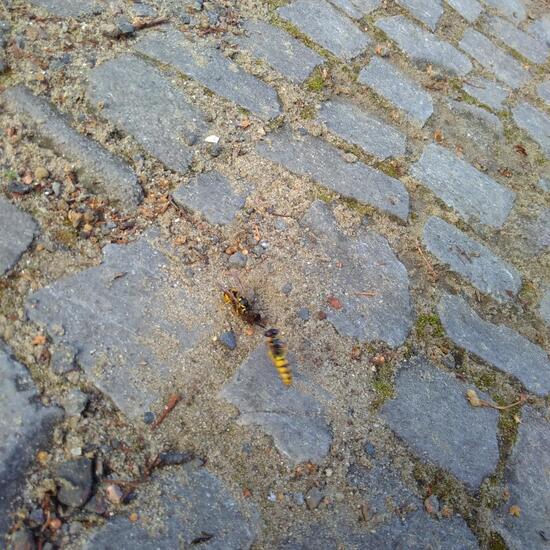 "Hier sind drei Arten involviert:
Bienenwolf wird beim Eintragen einer Honigbiene von einer Wespe überfallen und ausgeraubt, er kreist eine Weile um den Tatort, die Wespe schneidet der Biene in Ruhe den Hinterleib ab und transportiert Kopf und Thorax (der das gute Muskelfleisch enthält) ab." says Stelis in habitat Road or Transportation on 06.08.2021. Philanthus triangulum triangulum (Philanthus triangulum triangulum) is a .
"Hier sind drei Arten involviert:
Bienenwolf wird beim Eintragen einer Honigbiene von einer Wespe überfallen und ausgeraubt, er kreist eine Weile um den Tatort, die Wespe schneidet der Biene in Ruhe den Hinterleib ab und transportiert Kopf und Thorax (der das gute Muskelfleisch enthält) ab." says Stelis in habitat Road or Transportation on 06.08.2021. Philanthus triangulum triangulum (Philanthus triangulum triangulum) is a .  A discovery by Danny VG in habitat Semi-natural grassland on 05.08.2021. Araneus diadematus (Araneus diadematus) is a species of arachnid.
A discovery by Danny VG in habitat Semi-natural grassland on 05.08.2021. Araneus diadematus (Araneus diadematus) is a species of arachnid. 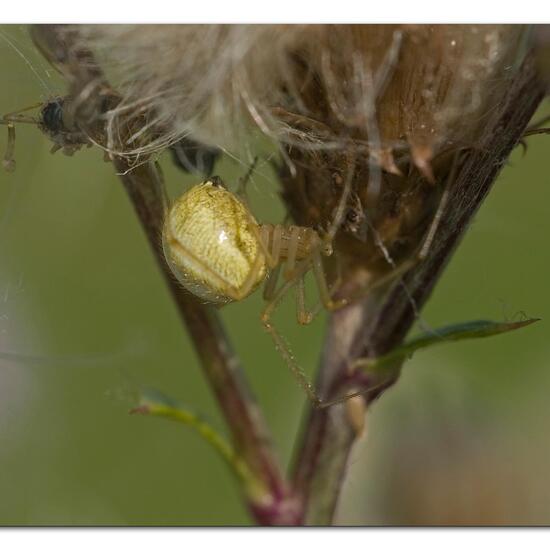 A discovery by Danny VG in habitat Semi-natural grassland on 05.08.2021. Enoplognatha ovata (Enoplognatha ovata) is a species of arachnid.
A discovery by Danny VG in habitat Semi-natural grassland on 05.08.2021. Enoplognatha ovata (Enoplognatha ovata) is a species of arachnid. 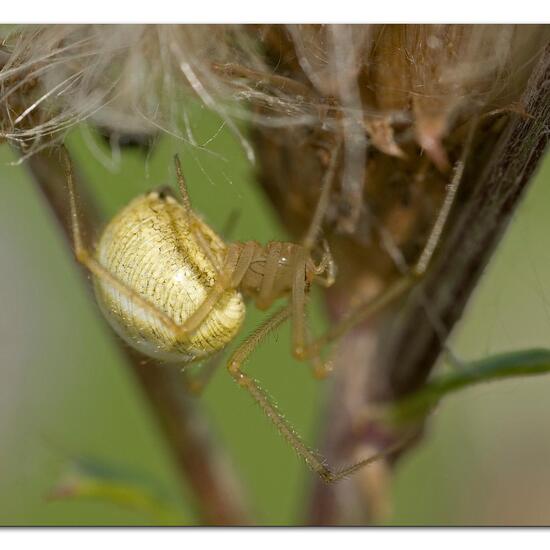 A discovery by Danny VG in habitat Semi-natural grassland on 05.08.2021. Enoplognatha ovata (Enoplognatha ovata) is a species of arachnid.
A discovery by Danny VG in habitat Semi-natural grassland on 05.08.2021. Enoplognatha ovata (Enoplognatha ovata) is a species of arachnid. 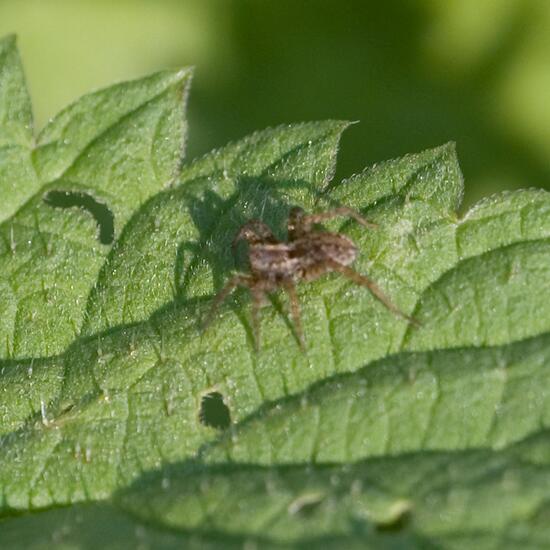 "Pardosa spec." says Danny VG in habitat Semi-natural grassland on 05.08.2021. Unknown species.
"Pardosa spec." says Danny VG in habitat Semi-natural grassland on 05.08.2021. Unknown species. 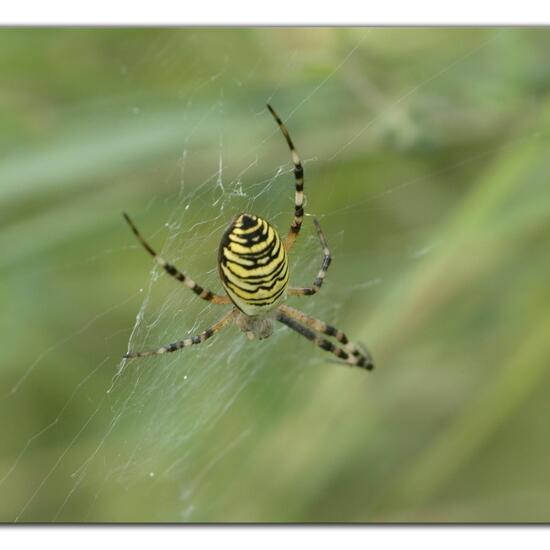 A discovery by Danny VG in habitat Natural Meadow on 05.08.2021. Argiope bruennichi (Argiope bruennichi) is a species of arachnid.
A discovery by Danny VG in habitat Natural Meadow on 05.08.2021. Argiope bruennichi (Argiope bruennichi) is a species of arachnid. 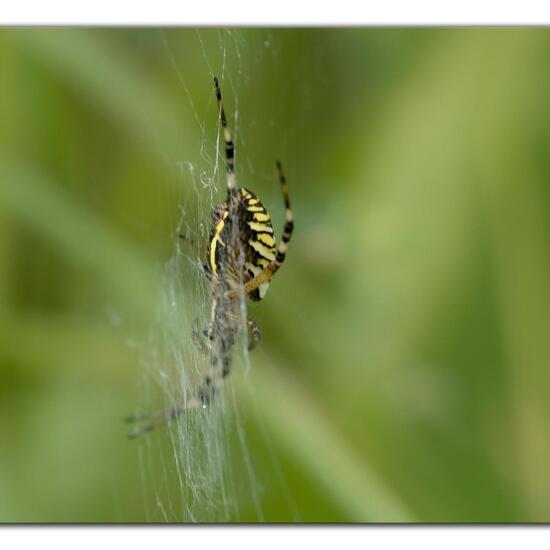 A discovery by Danny VG in habitat Natural Meadow on 05.08.2021. Argiope bruennichi (Argiope bruennichi) is a species of arachnid.
A discovery by Danny VG in habitat Natural Meadow on 05.08.2021. Argiope bruennichi (Argiope bruennichi) is a species of arachnid.